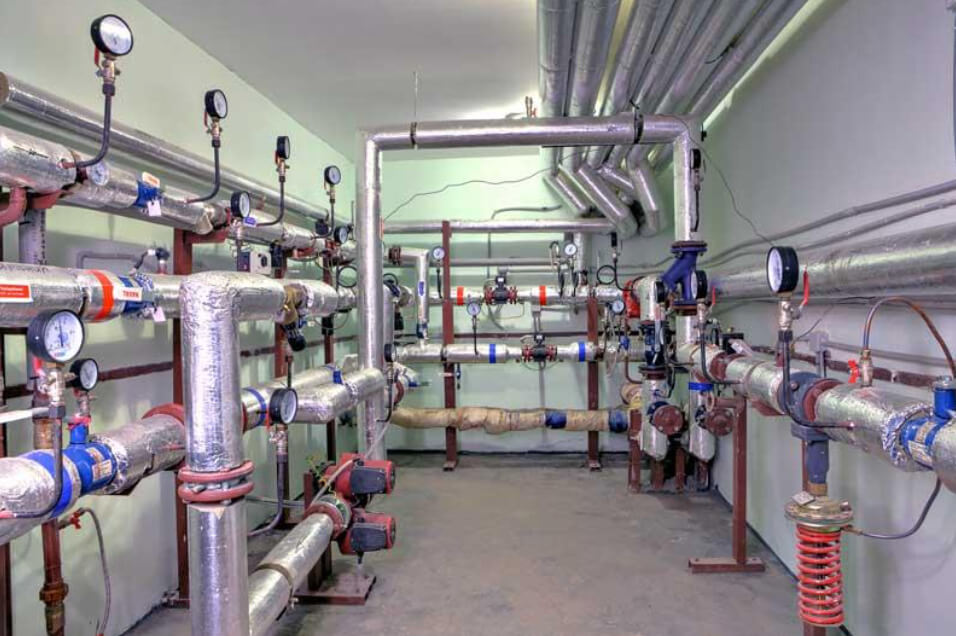How to Create a Vegetable Garden
 It is not difficult to plant a vegetable garden, but you do have to understand the few steps that are involved. The first thing to do is to plan where you will be placing your garden plot. The next step is to get the soil prepared, and set the seeds or starter plants in place. After that, all you have to do is tend to the plants in your garden and keep the weeds at bay. You will soon be excitedly waiting for your first harvest.
It is not difficult to plant a vegetable garden, but you do have to understand the few steps that are involved. The first thing to do is to plan where you will be placing your garden plot. The next step is to get the soil prepared, and set the seeds or starter plants in place. After that, all you have to do is tend to the plants in your garden and keep the weeds at bay. You will soon be excitedly waiting for your first harvest.
Vegetable Garden Plan
When you are planning the location for your vegetable garden, be sure that you select a place will allow for a minimum of six hours of full sunlight each day. This will play an important role in whether you have a successful garden.
Be sure that you plan the space wisely by taking into consideration the kinds and amounts of vegetables you would like to harvest. Some vegetables take up more space to grow than others, so be sure you understand the requirements of those you like. If you are really serious about taking on the responsibility of a vegetable garden, you will also want to make sure that you can afford to take this space away from other family activities.
One thing that many people do to create a lovely and bountiful vegetable garden in their yards is to prepare space around the perimeter of the yard, like around the fence line. This can render a great deal of space without taking up more active areas of the property. Many even use containers that can be relocated when necessary as an alternative to a traditional vegetable garden.
Soil Preparation
Soil preparation is a very critical part of successful vegetable gardens. You will want to have loose soil that is rich in nutrients. This can be accomplished by using a shovel to turn the soil over and a rake to clear it of unwanted roots and debris. If you have time between when you are planning your garden and the time you will actually be working on it, this is a good time to start a compost bin. You can have new soil ready to put in your garden beds by recycling food scraps and some paper products and wood chips in your compost bin.
Planting Vegetables
If you like getting your hands into the soil, you will enjoy this next step. It is time to plant your seedlings or actual seeds into the soil. Regardless of the location of your vegetable garden, leave enough room between the seeds or young plants to accommodate the mature plants. For seeds, all you need to do is make a slight furrow in the soil and place the seeds in and cover them up. Seedlings need to have a hole dug in the loose soil that is deep enough to accommodate the roots. Once you have completed your planting, water everything in without disturbing the seeds and wait until your vegetables are ready for harvest, weeding when necessary, and providing much needed water.









